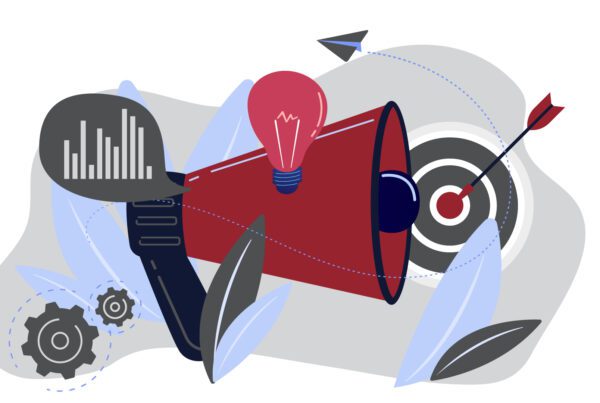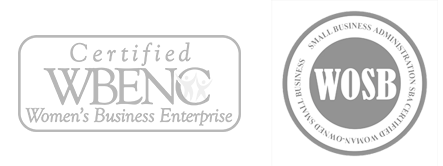THERE WERE MORE than 77 million babies born between 1946 and 1964 in the United States. Even though a White House study confirms that Millennials finally outpaced Boomers in 2014, Boomers are still a force to be reckoned with. Before you can market to them, though, you have to understand them. Baby Boomers share common experiences such as economic prosperity, postwar optimism, suburban expansion, the sexual revolution, and rock and roll. Individuality, expressionism, adventure and breaking the rules are classic Boomer traits. Music was a way to express their unique generational identity, and they bought the Beatles, Hendrix and Motown albums in droves. Young Boomers saw life as full of possibilities; the economy was solid, and jobs were plentiful. There was a radio, and eventually, a TV in nearly every living room. Boomers felt entitled to enjoyment and fulfillment. Over time, though, their optimism was shaken by the assassinations of JFK and Martin Luther King Jr., the Watergate scandal, the Apollo 13 disaster and the Vietnam War. Boomers began to question authority and conformity. Opposing discrimination, Boomers led the civil rights and women’s movements. Many vehemently opposed the Vietnam War. Protesting was commonplace. Even today, given a worthwhile cause, they’ll fight for it like no other generation. They enjoyed big jobs, salaries and houses, only to have them stripped away by corporate failures and downsizing. Now, many are struggling to stabilize their careers and finances before retiring. What concerns Baby Boomers the most? Growing old is their number one concern. They also feel guilty for not having spent enough time with their kids. Sandwiched between caring for both their kids and parents, they are stressed out and feel spread very thin. Time is a luxury. Making them feel passé or calling attention to their age unnecessarily will offend Baby Boomers. But how can you engage them? You can provide products or services that free up their time, improve their appearance or give them more energy and better health. Half of all Boomers have grandkids they like spending money on, so offer them experiences to enjoy with their grandchildren. Nothing beats face-to-face communication when selling to Boomers. This generation also relies heavily on referrals from trusted social and professional advisers. Direct mail, e-mail and the Internet are also very effective. Harley Davidson has historically been a brand that gets Boomers. Life with a Harley isn’t about Bingo night and fading into the backdrop of life. There’s a brand cachet with owning a Harley. Its owners are portrayed as cool, rebellious, risk takers with a never-grow-old spirit. This motorcycle brand knows just how to appeal to stressed out Baby Boomers. But this savvy brand isn’t sitting on its laurels, only targeting this single demographic — as that is inevitably a recipe for a future brand in crisis. Targeted marketing is also actively deployed against Gen X and Millennials — the brand’s next generation of customer — featuring music, nostalgia and sentiments uniquely appealing to these generations. Now that’s a strategy you can take to the bank.
Recent Posts
- Optimization vs. Testing: Do You Know the Difference?
- Friction Points in the Customer Journey You Can’t See Without Objectivity
- Fear of Raising the Bar: The Hidden Obstacle Blocking Predictable Growth
- Why Differentiation, Not Imitation, Drives Market Share
- How to Build a Culture That Chooses Data Over Assumptions
Related Posts
 Marketing Strategy
Marketing Strategy
Optimization vs. Testing: Do You Know the Difference?
Key Takeaways: Testing is experimentation; optimization is continuous improvement. Confusing the two leads to either…
Dhruv SinghDecember 5, 2025
 Marketing Strategy
Marketing Strategy
Friction Points in the Customer Journey You Can’t See Without Objectivity
Key Takeaways: You can’t spot the flaws in processes you helped build. Unbiased outsiders uncover…
Dhruv SinghDecember 5, 2025
 Marketing Strategy
Marketing Strategy
Fear of Raising the Bar: The Hidden Obstacle Blocking Predictable Growth
Key Takeaways: Leaders resist guarantees not because they’re impossible, but because higher expectations feel uncomfortable.…
Dhruv SinghDecember 5, 2025




